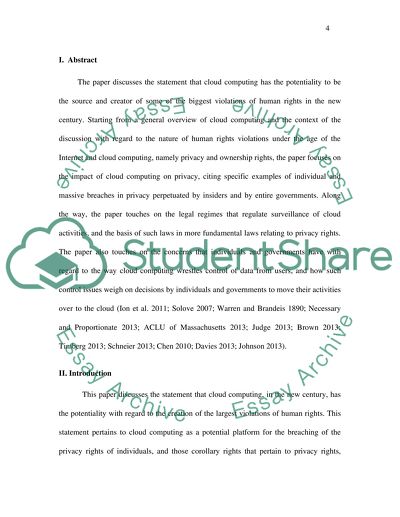Cite this document
(“Cloud Computing and Human Rights Research Paper”, n.d.)
Cloud Computing and Human Rights Research Paper. Retrieved from https://studentshare.org/law/1492429-essay-title-cloud-computing-has-the-potential-to
Cloud Computing and Human Rights Research Paper. Retrieved from https://studentshare.org/law/1492429-essay-title-cloud-computing-has-the-potential-to
(Cloud Computing and Human Rights Research Paper)
Cloud Computing and Human Rights Research Paper. https://studentshare.org/law/1492429-essay-title-cloud-computing-has-the-potential-to.
Cloud Computing and Human Rights Research Paper. https://studentshare.org/law/1492429-essay-title-cloud-computing-has-the-potential-to.
“Cloud Computing and Human Rights Research Paper”, n.d. https://studentshare.org/law/1492429-essay-title-cloud-computing-has-the-potential-to.


